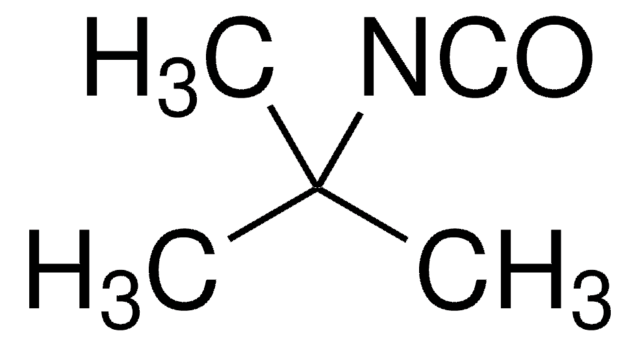265330
Cadmium
granular, ≥99%, 5-20 mesh
Synonym(s):
Cd
About This Item
Recommended Products
Quality Level
assay
≥99%
form
granular
reaction suitability
core: cadmium
reagent type: catalyst
resistivity
7.27 μΩ-cm, 22°C
particle size
5-20 mesh
bp
765 °C (lit.)
mp
320.9 °C (lit.)
density
8.65 g/mL at 25 °C (lit.)
SMILES string
[Cd]
InChI
1S/Cd
InChI key
BDOSMKKIYDKNTQ-UHFFFAOYSA-N
Looking for similar products? Visit Product Comparison Guide
Related Categories
signalword
Danger
Hazard Classifications
Acute Tox. 2 Inhalation - Aquatic Acute 1 - Aquatic Chronic 1 - Carc. 1B - Muta. 2 - Repr. 2 - STOT RE 1
Storage Class
6.1A - Combustible acute toxic Cat. 1 and 2 / very toxic hazardous materials
wgk_germany
WGK 3
flash_point_f
Not applicable
flash_point_c
Not applicable
ppe
dust mask type N95 (US), Eyeshields, Faceshields, Gloves, type P2 (EN 143) respirator cartridges
Choose from one of the most recent versions:
Already Own This Product?
Find documentation for the products that you have recently purchased in the Document Library.
Customers Also Viewed
Global Trade Item Number
| SKU | GTIN |
|---|---|
| 265330-100G | 4061835554836 |
| 265330-500G | 4061826131756 |
Our team of scientists has experience in all areas of research including Life Science, Material Science, Chemical Synthesis, Chromatography, Analytical and many others.
Contact Technical Service










